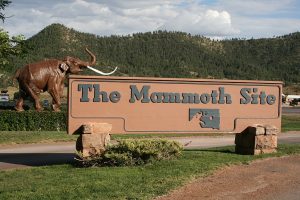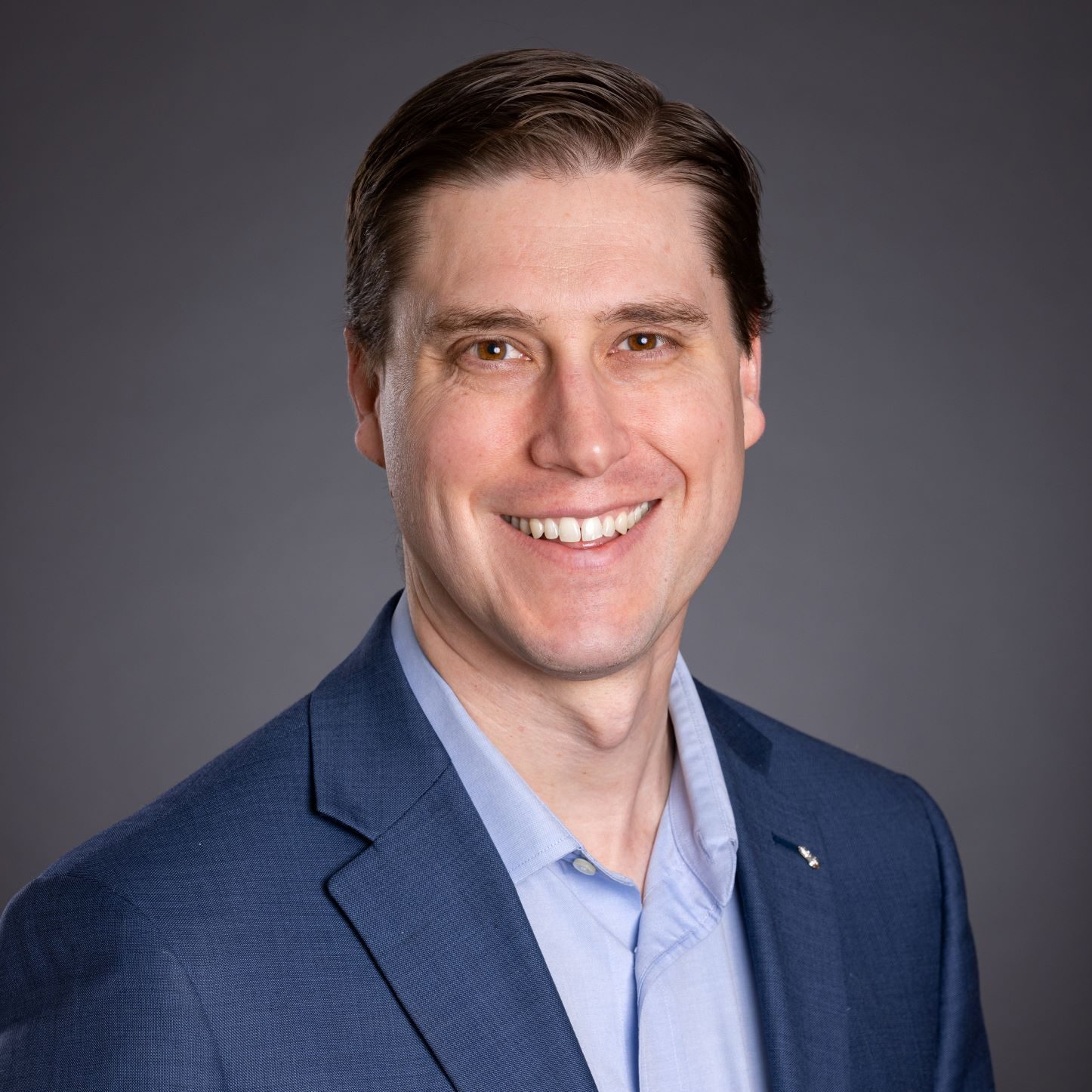The fading town of Hot Springs, South Dakota, has one big attraction – the Hot Springs Mammoth Site. Here, at an erstwhile construction project, a bulldozer scraped a layer off a giant tusk, and then a skull and other bones broke free of the ground.
Many moons ago, an innocent-looking sinkhole swallowed more than 60 mammoths. Now these bones sit under a vaulted ceiling in a unique museum and an active archeology dig.
My family and I recently visited the Mammoth Site. The bones were interesting enough, but what really caught my eye was the large board in the lobby covered in names.
The Mammoth Site operates as a non-profit. This is a unique thing in the Black Hills region, smothered as it is by state and national parks funded by tax dollars as well as for-profit wax museums and adventure parks that give tourists something to do other than look at nature.
The local science professor consulting with the landowner after the bones’ discovery noted how special it would be to have a place visitors could observe mammoth bones in-situ in the ground. At that recommendation, the landowner abandoned plans for a condo complex and instead established a foundation to research the bones while also allowing the public to visit.
Who Are These People?
That board of names in the lobby was of the donors to the Site. The list contained corporations, a few foundations, and a great number of individuals.
Why support a seemingly random museum in the middle of the country? Each of these donors surely had a unique individual reason, but all shared one thing in common – the joy of knowing each enabled the Site to last for generations.
The longer I work in philanthropy, the more I see how diverse donors’ interests are. This creates a bold and vibrant American fabric. Without this spontaneous order among charitable givers, there very well might not be a Mammoth Site or many of the other specific, even esoteric, museums and sites like it that dot the country.
The challenge for donors can be connecting these joys with philanthropy. It isn’t always obvious that there are charitable avenues to supporting those causes that make us happy. Likewise, we can miss the fact that those things that are important to us might not exist without others finding happiness in giving to them.
Discover Your Joy
Are you supporting those things that bring you joy?
Even before my family and I moved to the mountains of Virginia, we made a small contribution to a wonderful children’s garden and play area there. We only visited the gardens once a year, but it made us so happy to know it was there. Our gift was a way of celebrating the joy it provided to our family – and to help ensure that joy continued for others!
As you do your next inventory of charitable giving, don’t merely think about specific groups. Instead, consider those moments of joy and celebration throughout the past year.
Did a stop on a family trip create a special moment for you? Did some institution or program provide you a special leg up that enabled you to grow as a person? Perhaps a policy group’s video reconnected you to your ideals and principles, or a particularly knowledgeable museum docent connected the dots on a subject in an eye-opening way.
You Decide
Any of these moments offer a good reason for a special charitable gift. It might be a one-time gift done anonymously through your donor-advised fund. For others you might want more recognition. You choose – even the way you give can be a piece of the joy.
To be clear, I’m not upending my river of spilled ink on the need to be strategic in one’s giving. Far from it. However, just as an occasional Oreo can be part of a balanced diet, you can find a few dollars to share with causes that may be beyond your strategy but spark a happiness in giving.
Getting our philanthropic strategy right feels great, but so does that occasional “other” gift. After all, if our giving doesn’t spark joy – for ourselves and others – then why bother? Find your happiness in giving.
Author
-

Peter Lipsett is vice president at DonorsTrust. He also leads DonorsTrust’s Novus Society, a network of donors under 40 committed to growing their philanthropic know-how. He has a dual degree in political science and theater from Davidson College and finally got a practical credential with an MBA from George Mason University.
View all posts



